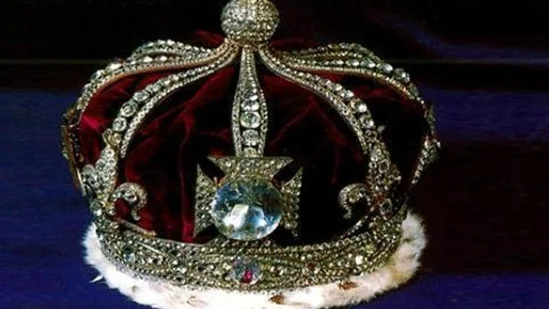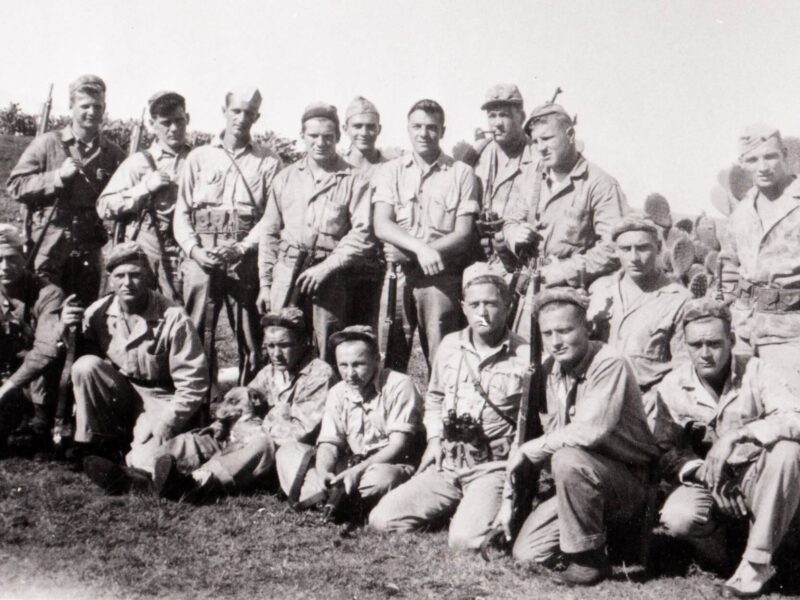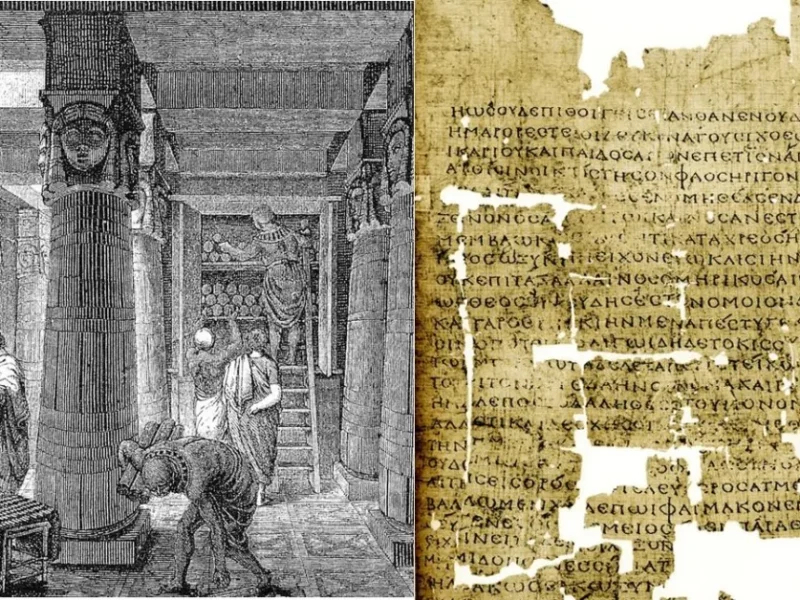For centuries, the crown jewels of various monarchies have been symbols of power, wealth, and prestige. These glittering collections of crowns, scepters, and orbs are believed to carry the weight of history and tradition, representing the legitimacy of rulers and the grandeur of their kingdoms. However, many of these treasures are also surrounded by stories of misfortune, betrayal, and death, leading to speculation that some monarchies may be hiding dark secrets. The notion of “cursed” crown jewels has intrigued both historians and conspiracy theorists alike, giving rise to the idea that these priceless artifacts may not only carry the weight of royalty but also an unsettling curse.
One of the most famous examples of cursed crown jewels is the Koh-i-Noor diamond, part of the British Crown Jewels. The diamond, one of the largest and most famous in the world, has a history that spans centuries and numerous empires. It was initially mined in India and was passed through several royal hands, from Mughal rulers to Persian kings and Sikh leaders, before coming into the possession of the British Empire in 1849. Throughout history, the Koh-i-Noor was associated with tragic events and violent overthrows. It was believed that the diamond brought misfortune to its male owners, leading to a series of untimely deaths, including the fate of the Sikh Maharaja Ranjit Singh, who died under mysterious circumstances after losing the diamond. The legend suggests that only a woman can safely wear the diamond without suffering its curse, further fueling the sense that the Koh-i-Noor is more than just a precious stone—a symbol of power that exacts a heavy price.
In Russia, the Russian Imperial Crown Jewels were once seen as a symbol of the Tsar’s divine right to rule. However, the tragic fate of the Romanov family, who were executed during the Russian Revolution of 1917, adds a dark layer to the story of these jewels. The crown jewels, including the famed Fabergé eggs, were thought to hold immense power and influence, but they were also tainted by the fall of the Russian monarchy. Some claim that the jewels, later seized by Bolshevik forces, have brought misfortune to those who came into possession of them. Over the years, the jewels were dispersed across the globe, many believed to have vanished or been hidden in secret locations. This loss and the associated tragedy of the Romanovs fuels the theory that the jewels were cursed—symbols of a dying dynasty whose downfall was marked by bloodshed and betrayal.
In France, the French Crown Jewels met a similarly ominous fate. These treasures were once part of the opulent collection of the French monarchy, worn by kings and queens such as Louis XVI and Marie Antoinette. However, many of these jewels were looted or sold off during the French Revolution to fund revolutionary efforts. The most notorious incident involving the French crown jewels was the Hope Diamond, originally part of the French crown and later became infamous for its supposed curse. Those who have owned the diamond—including members of the French monarchy and later various private collectors—have often met untimely and tragic ends, from executions to financial ruin. Like the Koh-i-Noor, the Hope Diamond carries an aura of misfortune, leading some to believe that these jewels were not merely symbols of wealth but also harbingers of doom.
Even in more modern times, stories of cursed crown jewels persist. The British Crown Jewels, housed in the Tower of London, are said to carry their dark legends. The Tower, steeped in bloodshed and intrigue, is the site of numerous royal executions, including those of Anne Boleyn and Catherine Howard, two wives of King Henry VIII. The jewels have been involved in multiple theft attempts, including the infamous 1671 heist by Thomas Blood, who tried to steal the crown jewels. Blood’s capture and the subsequent strange occurrences surrounding the jewels deepened their aura of danger.
The idea that monarchies hide dark secrets through their crown jewels is not just about superstition; it speaks to royal families’ often complex and violent histories. These treasures are symbols of authority, yes, but they also bear witness to the fragility of that power. Whether through assassination, revolution, or scandal, the story of the crown jewels is as much about the downfall of those who held them as it is about the enduring symbolism of monarchy. In the end, the curse of the crown jewels may not just be a supernatural force but a reflection of the harsh realities of power, its pursuit, and its inevitable consequences.



